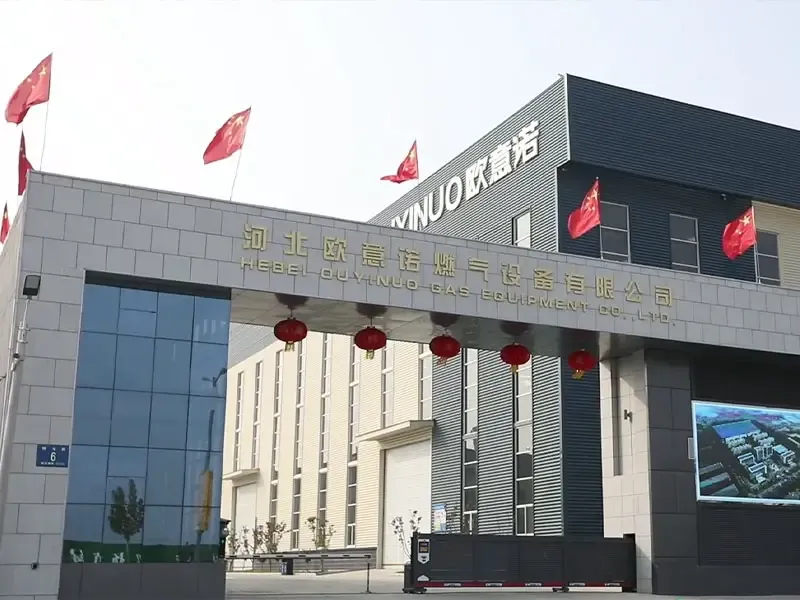
Oct . 08, 2024 15:10
Back to list
Gas Pressure Regulator for Efficient Flow Control in Various Applications
The Importance of Gas Pressure Reducers in Modern Applications
Gas pressure reducers, often referred to as pressure regulators, play a crucial role in various industries by ensuring that gas is delivered at a safe and consistent pressure. These devices are essential for applications ranging from residential heating systems to large industrial processes. Understanding the functionality, types, and significance of gas pressure reducers can help us appreciate their importance in our everyday lives.
Functionality of Gas Pressure Reducers
At its core, a gas pressure reducer adjusts the pressure of incoming gas to a specified level before it reaches the end user. The main objective is to reduce high inlet pressure to a lower outlet pressure, thereby maintaining the system's safety and efficiency. For instance, in a home gas heating system, natural gas enters the house at a high pressure. The pressure reducer ensures that the gas is delivered to appliances such as furnaces and water heaters at a much lower, usable pressure.
These devices typically work on a simple principle they utilize a spring-loaded diaphragm mechanism. When the inlet pressure exceeds the set regulated pressure, the diaphragm moves and adjusts the flow of gas, allowing only the desired amount to pass through. This automatic regulation ensures that fluctuations in supply do not adversely affect the system's operation.
Types of Gas Pressure Reducers
Gas pressure reducers come in various types, each designed to meet specific requirements
. Some common types include1. Single-Stage Regulators These are suitable for applications where the inlet pressure is fairly stable. They provide a straightforward and economical solution for low-pressure needs. 2. Two-Stage Regulators These are used in situations where the inlet pressure can vary widely. By using two stages of regulation, they provide better pressure stability and control, making them ideal for industrial settings.
gas pressure reducer

3. High-Pressure Regulators These are designed to manage high-pressure applications, often found in industries such as oil and gas.
Each type of regulator comes with unique features tailored to different operating conditions, showcasing the versatility of gas pressure reducers.
Significance in Industries
The importance of gas pressure reducers cannot be overstated. In the healthcare sector, they ensure that medical gases are delivered safely and accurately to patients. In the food industry, they help maintain the proper pressure in gas-fired cooking appliances, enhancing food safety and efficiency. Moreover, in industrial manufacturing, precision in gas pressure can significantly affect production rates and product quality.
Beyond industrial applications, these devices are essential in environmental settings too. For example, gas pressure reducers contribute to minimizing gas leaks, which can lead to hazardous situations such as explosions or air pollution.
Conclusion
In conclusion, gas pressure reducers are indispensable devices that ensure the safe and efficient use of gases in various applications. Their ability to regulate pressure not only enhances operational safety but also plays a critical role in the overall efficiency of numerous systems. As technology progresses, the development of smarter and more efficient pressure regulators is likely to continue, further solidifying their importance across sectors. Understanding their function and significance helps us recognize the vital role they play in our daily lives and industries.
Next:
Latest news
-
Safety Valve Spring-Loaded Design Overpressure ProtectionNewsJul.25,2025
-
Precision Voltage Regulator AC5 Accuracy Grade PerformanceNewsJul.25,2025
-
Natural Gas Pressure Regulating Skid Industrial Pipeline ApplicationsNewsJul.25,2025
-
Natural Gas Filter Stainless Steel Mesh Element DesignNewsJul.25,2025
-
Gas Pressure Regulator Valve Direct-Acting Spring-Loaded DesignNewsJul.25,2025
-
Decompression Equipment Multi-Stage Heat Exchange System DesignNewsJul.25,2025

